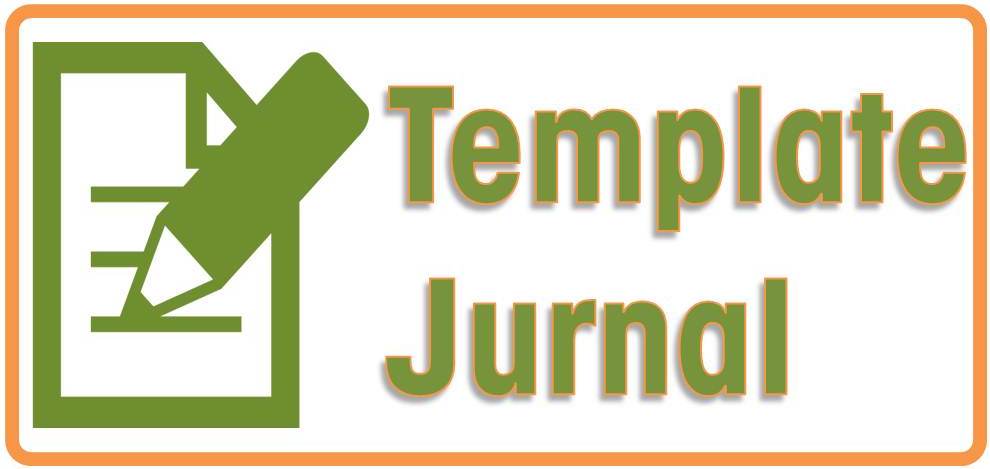PENGARUH KEPEMIMPINAN, BUDAYA ORGANISASI DAN MOTIVASI TERHADAP KINERJA PEGAWAI UPT DINAS PENDIDIKAN, PEMUDA DAN OLAHRAGA KABUPATEN BIREUEN
DOI:
https://doi.org/10.55178/idm.v2i4.221Keywords:
Leadership, organizational culture, motivation, employee performanceAbstract
This study aims to examine, 1) the influence of leadership on employee performance, 2) the influence of organizational culture on employee performance, 3) the influence of motivation on employee performance, and 4) the influence of leadership, organizational culture and motivation on the performance of UPT employees of the Department of Education, Youth and Bireuen Regency Sports. The research method used in this study is the associative method with a quantitative approach, to 104 employees, with the collection technique using a closed questionnaire instrument. The analytical method used is a path analysis approach. The results of the study show that 1) There is a significant influence of leadership factors on employee performance. Statistically, with a large influence of 19.74 percent on the performance of the employees of UPTD Education, Youth and Sports, Bireuen Regency. 2) It is proven that there is an influence of organizational culture on employee performance by 19.46 percent, 3) It is found that there is a significant influence of work motivation factors of 12.81 percent on the performance of UPTD Youth and Sports Education, Bireuen Regency. The relationship between leadership factors, organizational culture and motivation on employee performance has a high closeness, and is linearly related, with a degree of relationship of 0.721. And the contribution of leadership factors, organizational culture and motivation to the performance of the employees of the UPTD Youth and Sports Education in Bireuen Regency is 52%. While the rest of the role of variables that are not examined by 48%. This shows that there are other factors that can influence employee performance variables, such as organizational climate, career development factors, education and training, and others
References
Anoraga, Pandji, 2012, Manajemen Bisnis, Rineka Cipta, Jakarta.
Anwar Prabu Mangkunegara. 2011. Manajemen Sumber Daya Manusia Perusahaan. PT. Remaja Rosdakarya. Bandung.
Diana Angelica (2008
Ghozali, Imam. 2012. Aplikasi Analisis Multivariate dengan Program IBM SPSS. Yogyakarta: Universitas Diponegoro
Hasibuan, M. 2013. Manajemen Sumber Daya Manusia. Jakarta: Bumi Aksara.
Marwan Hamid, Ibrahim Sufi, Win Konadi, dan Yusrizal Akmal, 2019. Analisis Jalur Dan Aplikasi Spss Versi 25, Edisi Pertama Sefa Bumi Persada, Medan.
Moeheriono. 2009. Pengukuran Kinerja Berbasis Kompetensi. Bogor: Ghalia Indonesia.
Robbins, S. 2015. Perilaku Organisasi. Jakarta: Salemba Empat.
Robbins, S., & Coulter, M. 2010. Manajemen. Jakarta: Erlangga.
Robert, L. Mathis & John H.Jakson. 2006. Human Resource Management. Terj Diana Angelica. Manajemen Sumber Daya Manusia. Jakarta: Salemba Empat.
Sarwono, Jonathan. 2011, Metodelogi Penelitian Kuantitatif Dan Kualitatif, Jogjakarta: Graha Ilmu.
Siagian, Sondang P.2008. Teoridan Praktek Kepemimpinan. Jakarta.Rineka Cipta.
Sutrisno Edy, 2014. Manajemen Sumber Daya Manusia. Cetak Ke Enam. Pranada Media Group. Jakarta.
Stephen P. Robbins and Timothy A. Judge. 2008. Perilaku Organisasi Edisi 12 Buku 1. Terjemahan: Diana Angelica, Ria Cahyani dan Abdul Rosyid. Jakarta: Salemba Empat.
Thoha, Chabib. 2011. Teknik Evaluasi Pendidikan. Jakarta. Rajawali Press.
Winardi. 2006. Manajemen Perkantoran dan Pengawasan. Bandung. Alfabeta.
Wijayanti, Irine Diana Sari. 2008. Manajemen. Editor: Mitra Cendikia. Yogyakarta.
Wibowo. 2006. Manajemen Perubahan. Jakarta : Raja Grafindo Persada.
Downloads
Published
Versions
- 2021-09-20 (2)
- 2022-02-18 (1)






